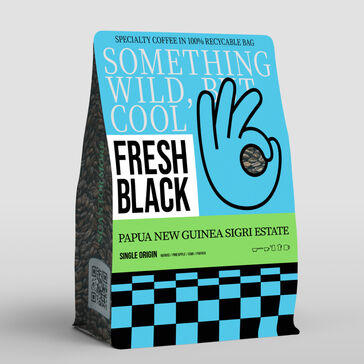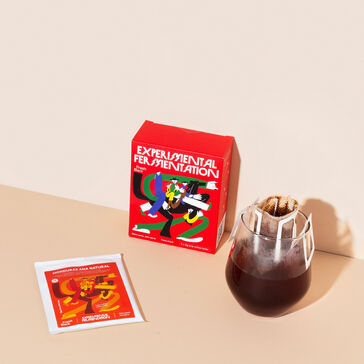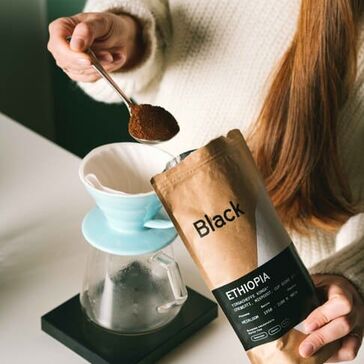If you feel like there's something off with your coffee, chances are, you're not just imagining it. Although sometimes, it might indeed seem that way. We'll discuss coffee bean defects and instances when coffee doesn't look OK, but is actually totally fine.
Let's start with the sad part. Here are the main coffee defects:
Green Bean Defects
- Broken Beans
Causes: Excessive pressure on coffee berries during mechanical harvesting or improperly adjusted processing equipment.

- Old Beans
Causes: Coffee was transported and stored for too long under improper conditions. The bean ages rapidly if it loses moisture (below 9%).
- Unripe Coffee
Causes: The coffee did not ripen or was harvested from a tree affected by coffee rust.
- Bean with Husk
Causes: Improperly adjusted hulling equipment - the process of removing the natural cellulose shell protecting the coffee bean (parchment).
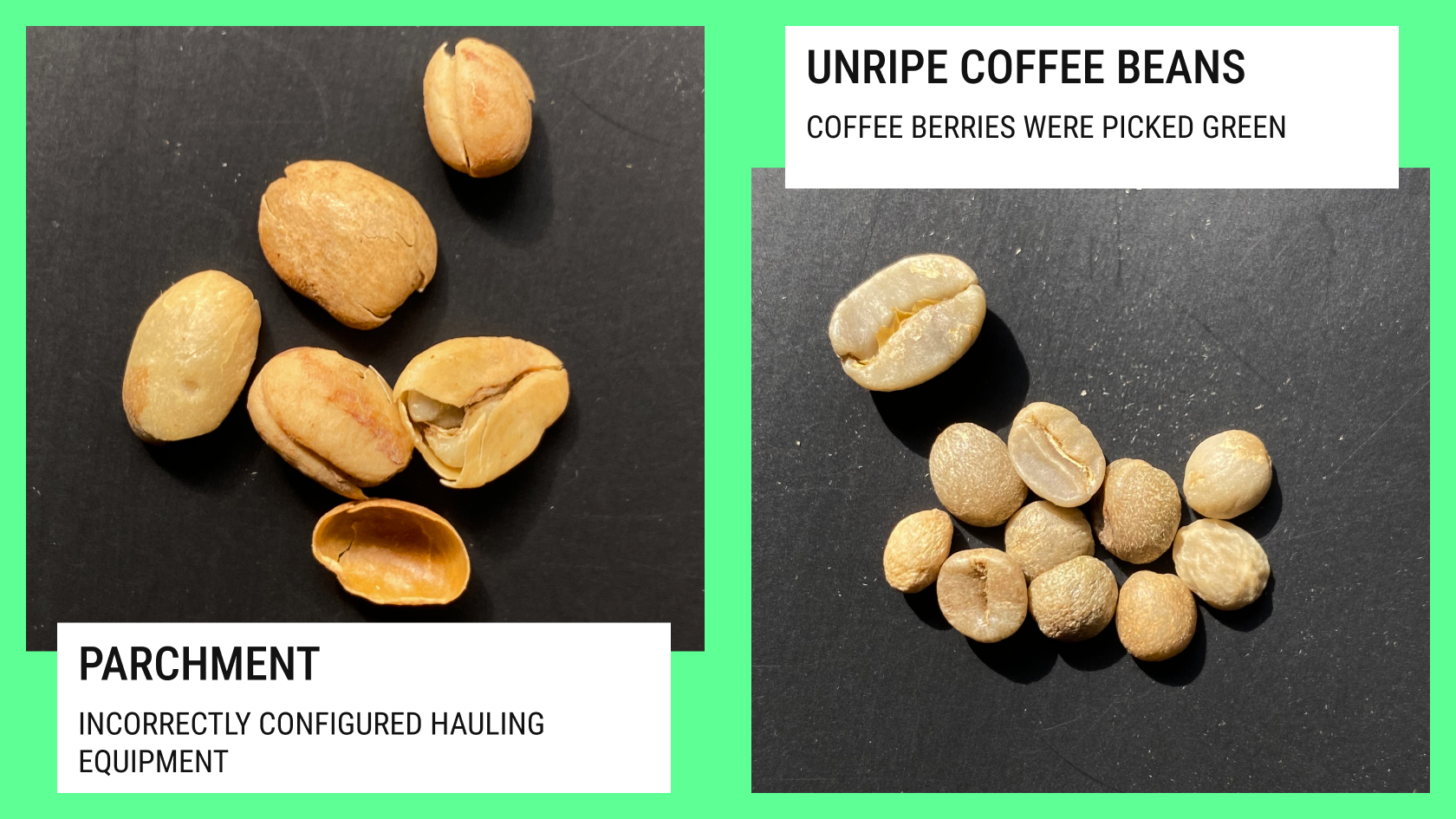 Sour Beans
Sour Beans
Causes: The bean was separated from the husk late or stored at too low humidity. Possibly, contaminated water was used for fermentation.

- Insect Damage
Causes: Insects can affect beans both during germination on the tree and during storage of the finished beans.
- Foreign Objects
Causes: Poor control during preparation for export.
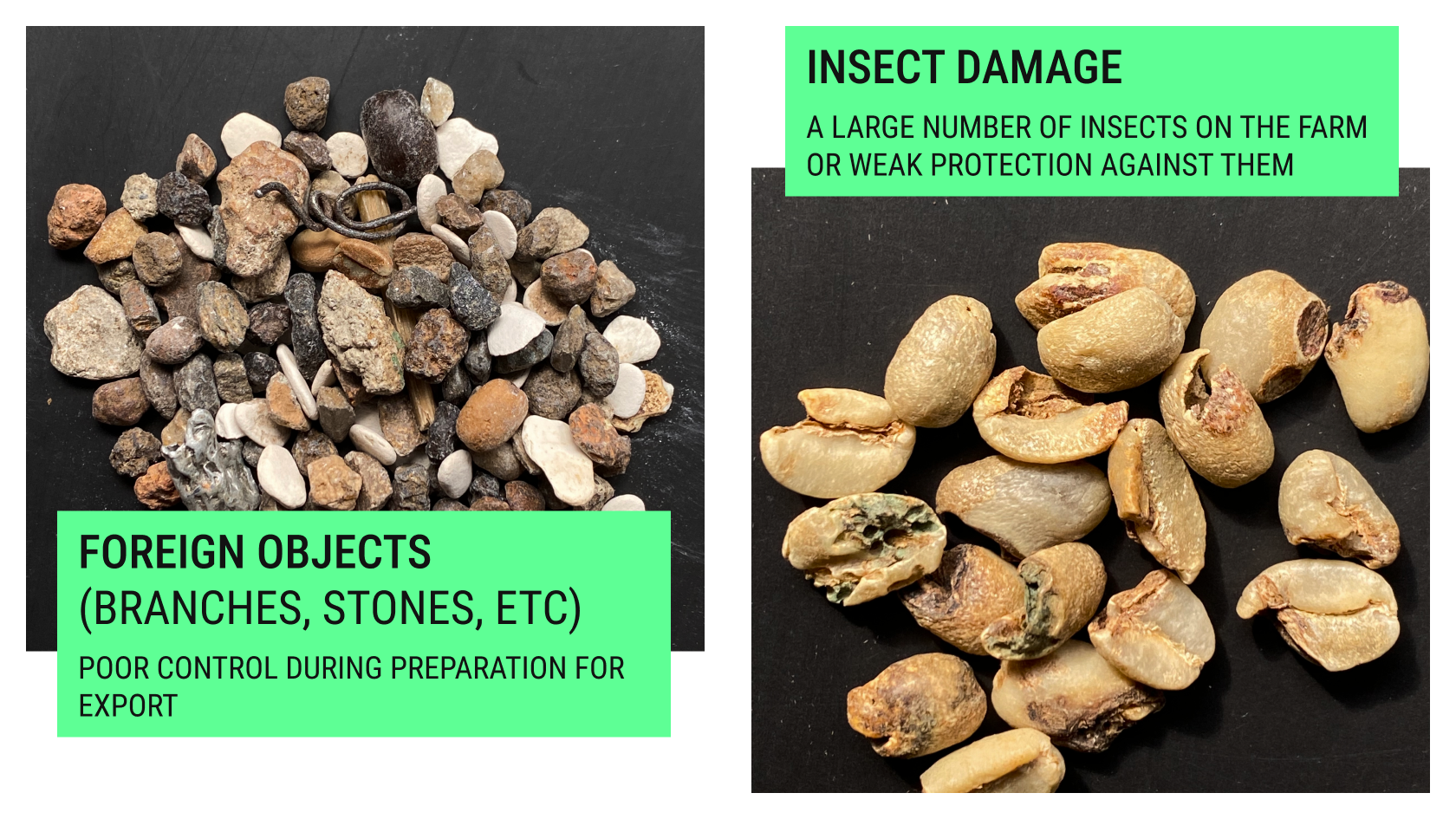
- Black Beans
Causes: Fungal disease, insufficient water during ripening, or excessive fermentation during processing.
- Floating Bean (Floater)
Causes: The bean has less density either due to high temperatures during drying or because of its immaturity.

- Over-dried Bean
Causes: The bean abruptly lost moisture during drying.
- Shell
Causes: Lack of moisture during ripening or genetic problems of the tree.

- Moldy Beans
Causes: Berries were collected from the ground or stored or transported in high humidity and temperature. Mold entered the bean through a damaged shell.
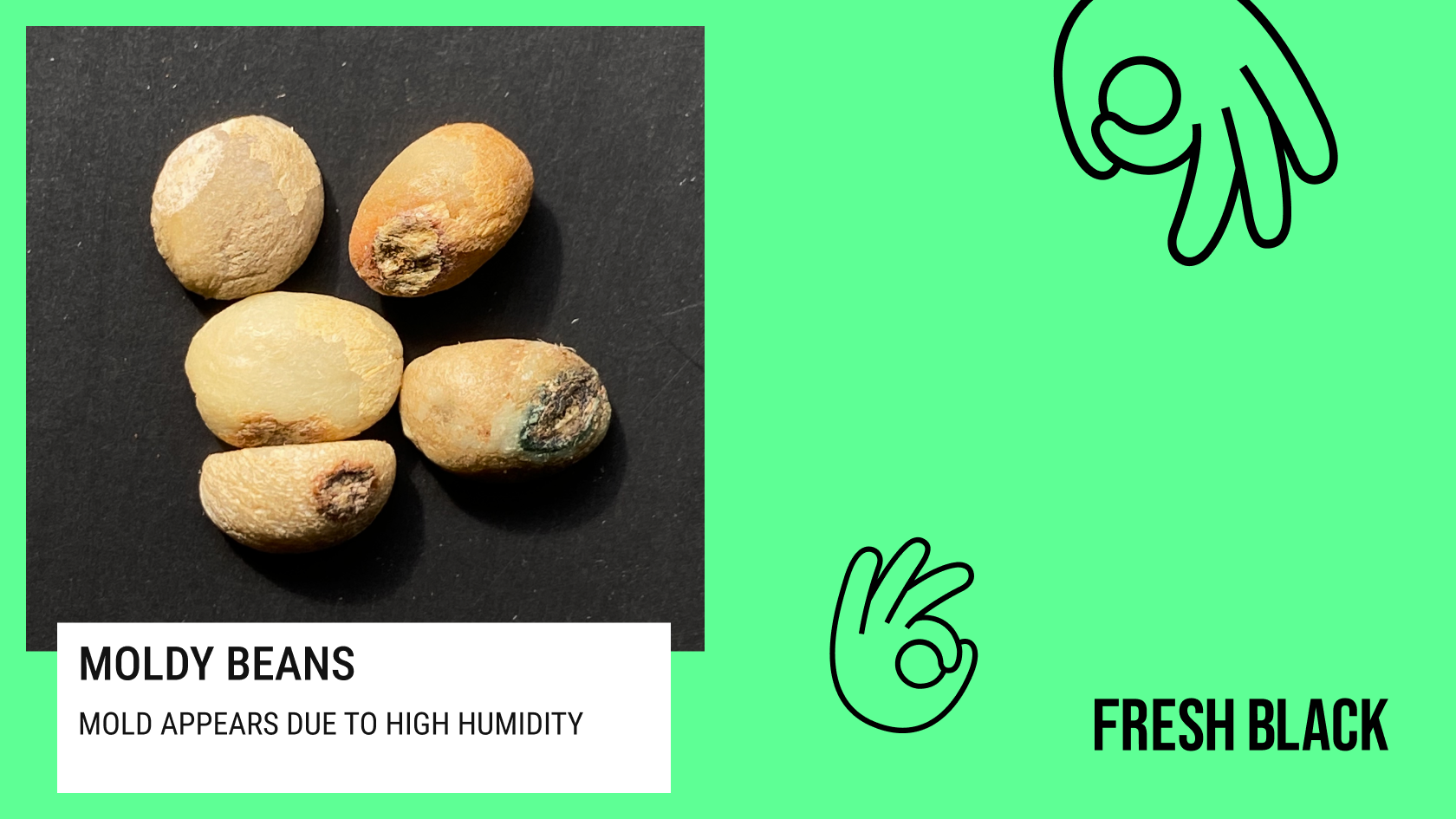
Roasting Defects
- External Scorching
Causes: The bean came into contact with an overheated drum of the roaster - the equipment for roasting the bean.
- Internal Scorching
Causes: Charring of the bean's embryo. Occurs due to excessive convection during rapid roasting.
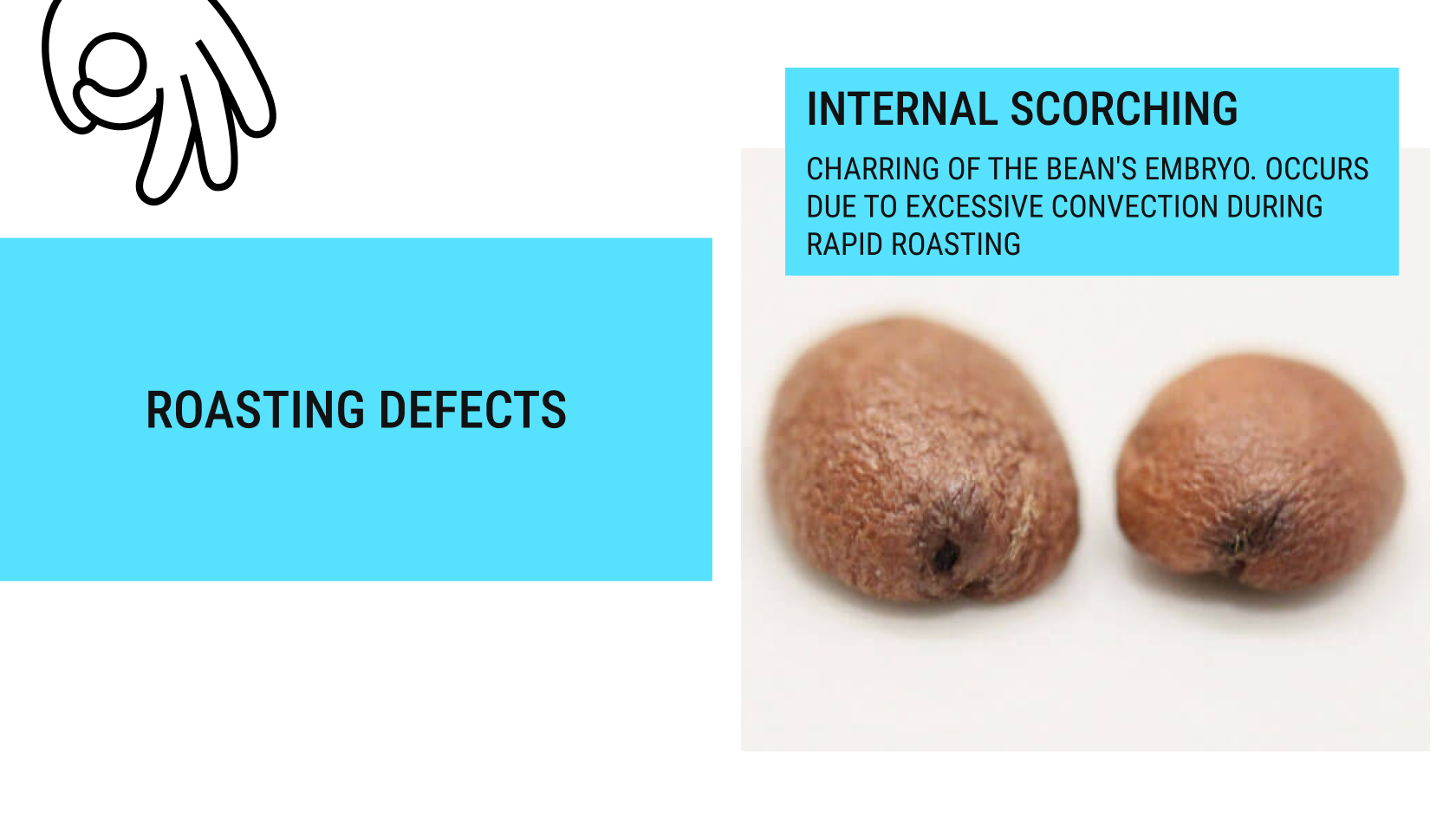
- Chipping
Pieces of bean are torn out, forming small, round craters. Usually occurs during very dark roasting, when coffee is roasted to the 2nd crack. At this moment, all reactions happen very fast, and intense internal pressure builds up inside the bean due to moisture evaporation.
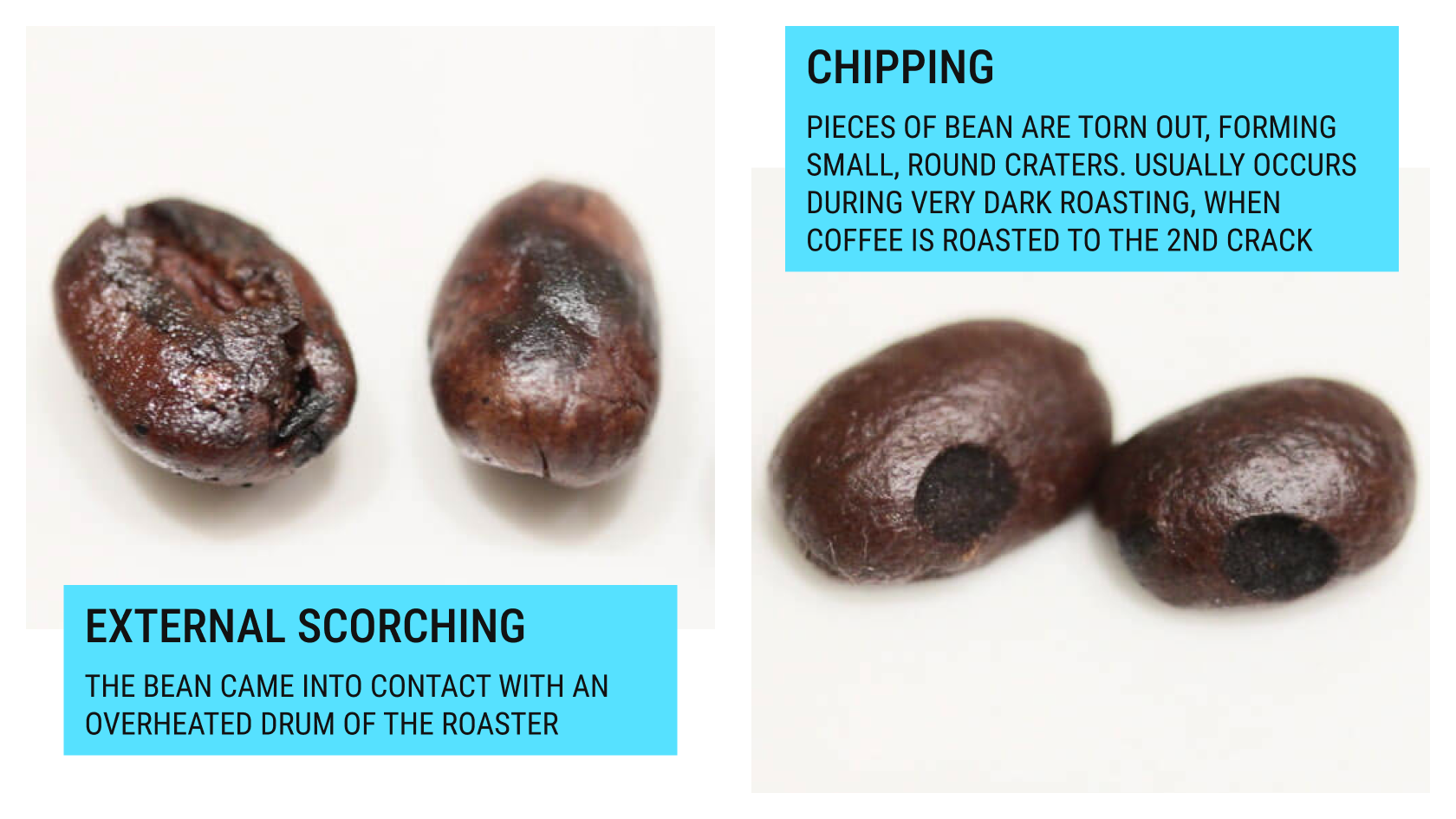
And this is what healthy beans look like. At first glance, they might appear a bit suspicious, but in reality, they're just like all the others.
- Shelled coffee
It’s a coffee silverskin - an auxiliary protective layer common to almost all Arabica. During grinding, it gets fragmented and appears as streaks in ground coffee. It's more often seen in coffee ground for filters, as this grind is coarser. This chaff does not affect the taste.
- Coffee Appears Under-roasted
This coffee simply has less sugar. Meaning, it caramelizes less during roasting and acquires a less brown color.
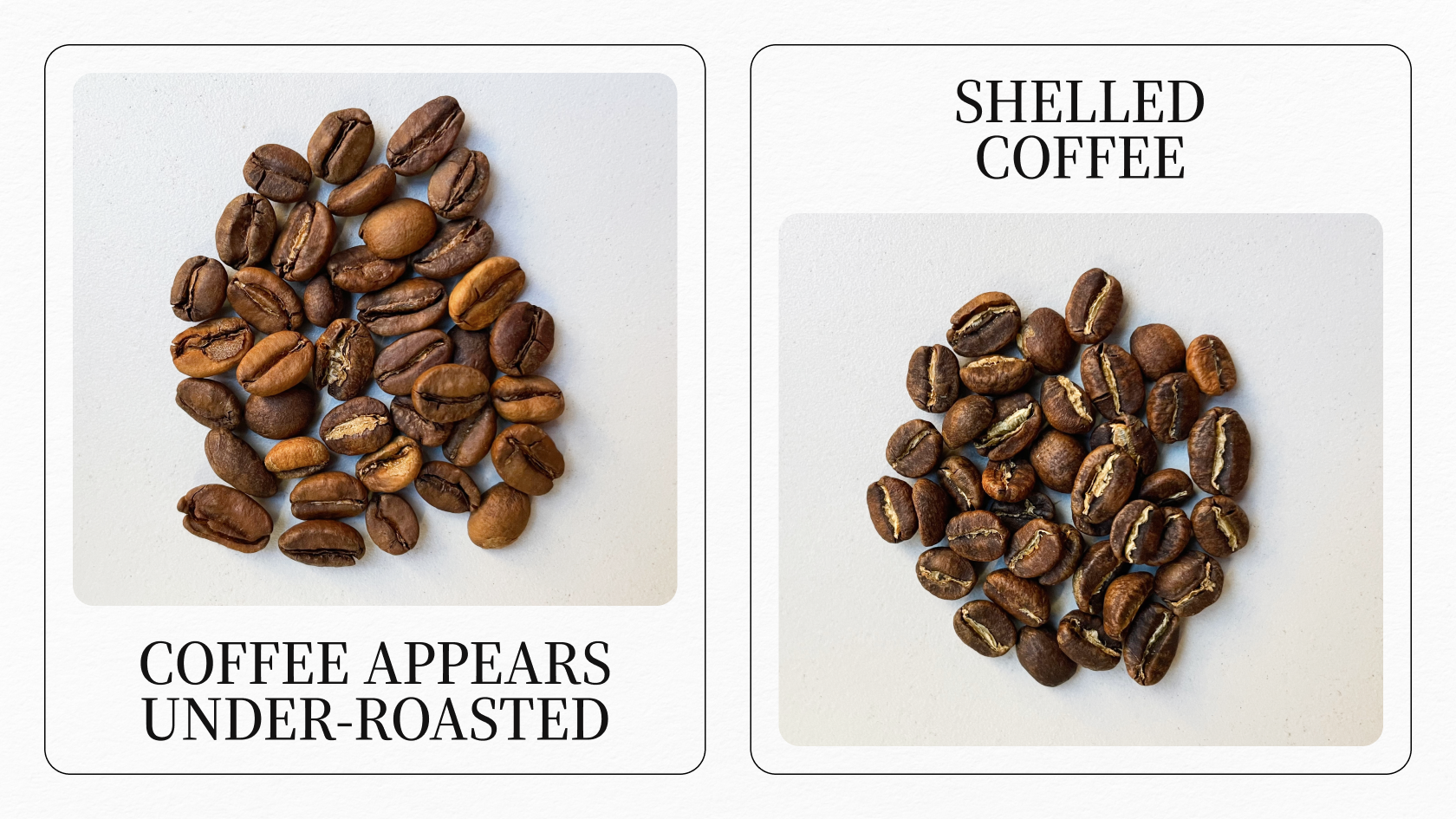
- Coffee of Different Sizes
It's normal if some beans of a smaller caliber are found in a coffee pack. According to the Specialty Coffee Association standards, there can be 2 to 5% of beans of different sizes per 300 grams of coffee.
- Empty Bean
Empty beans are a characteristic of naturally processed coffee. For instance, washed coffee is immersed in water, where empty coffee beans float to the surface.
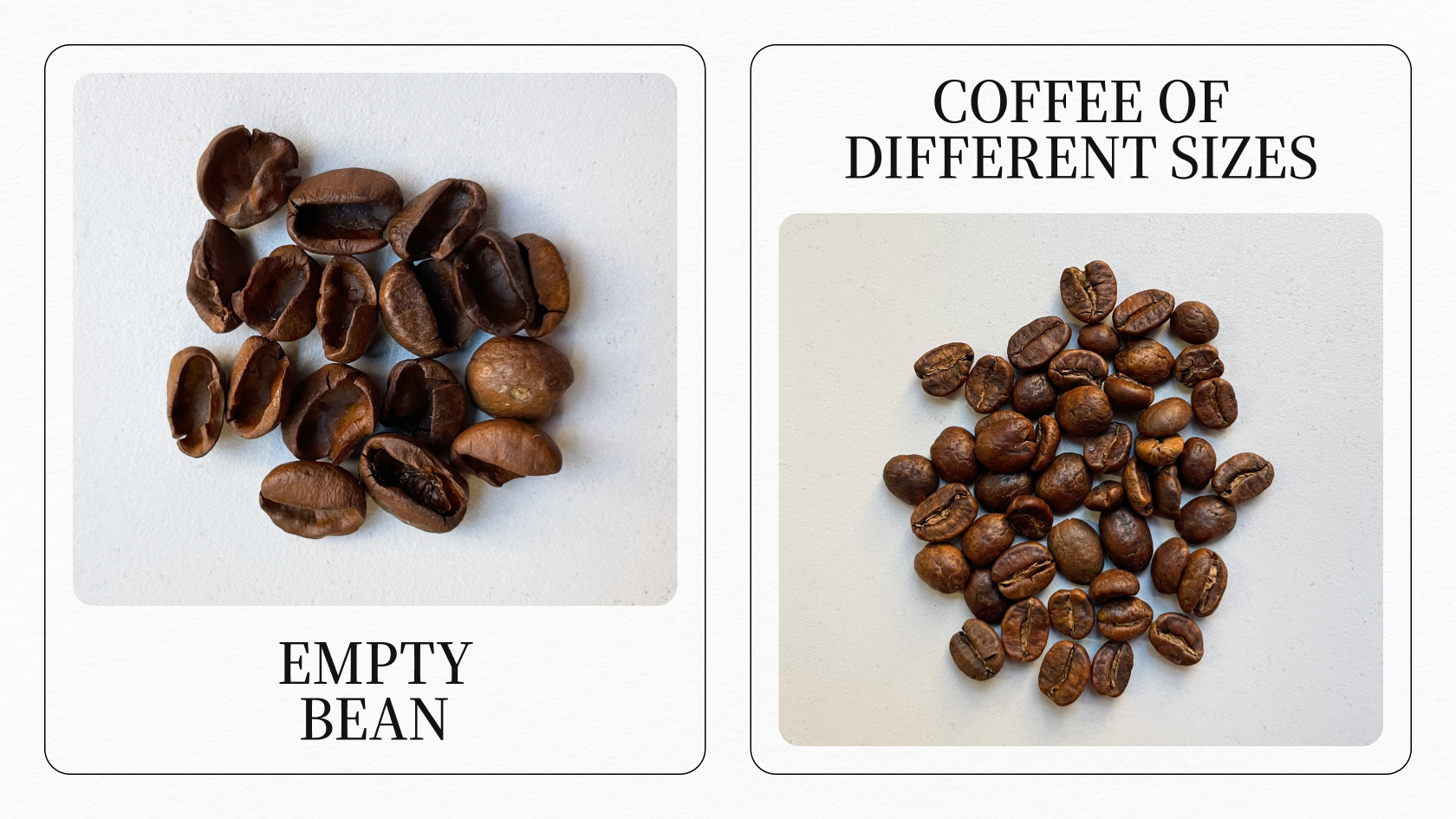
Beans are as diverse as the stars in the sky, each with unique characteristics to discover. If you encounter a bean that seems as though it hails from another galaxy, whether in appearance or taste, don't hesitate to consult our experts.
- Email: support@fresh.black
- Phone: +38 050 415 09 15
- Telegram: @fresh_black_okay
